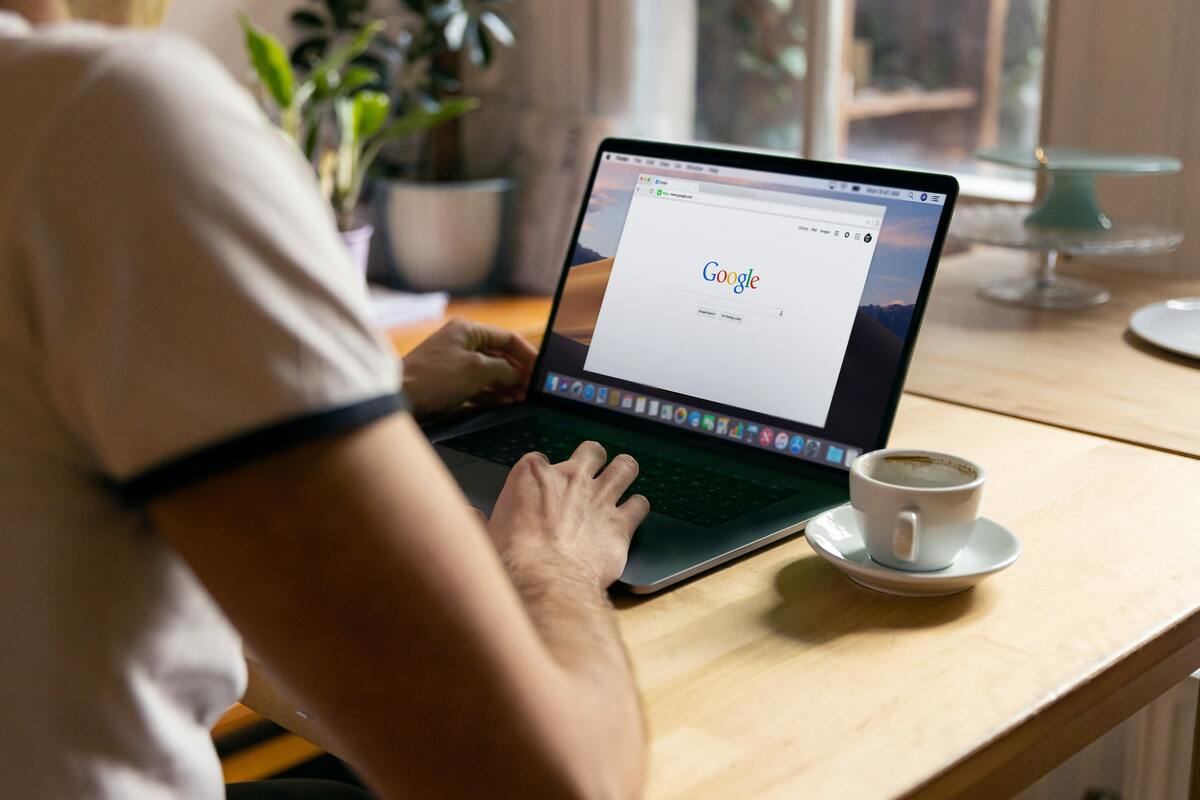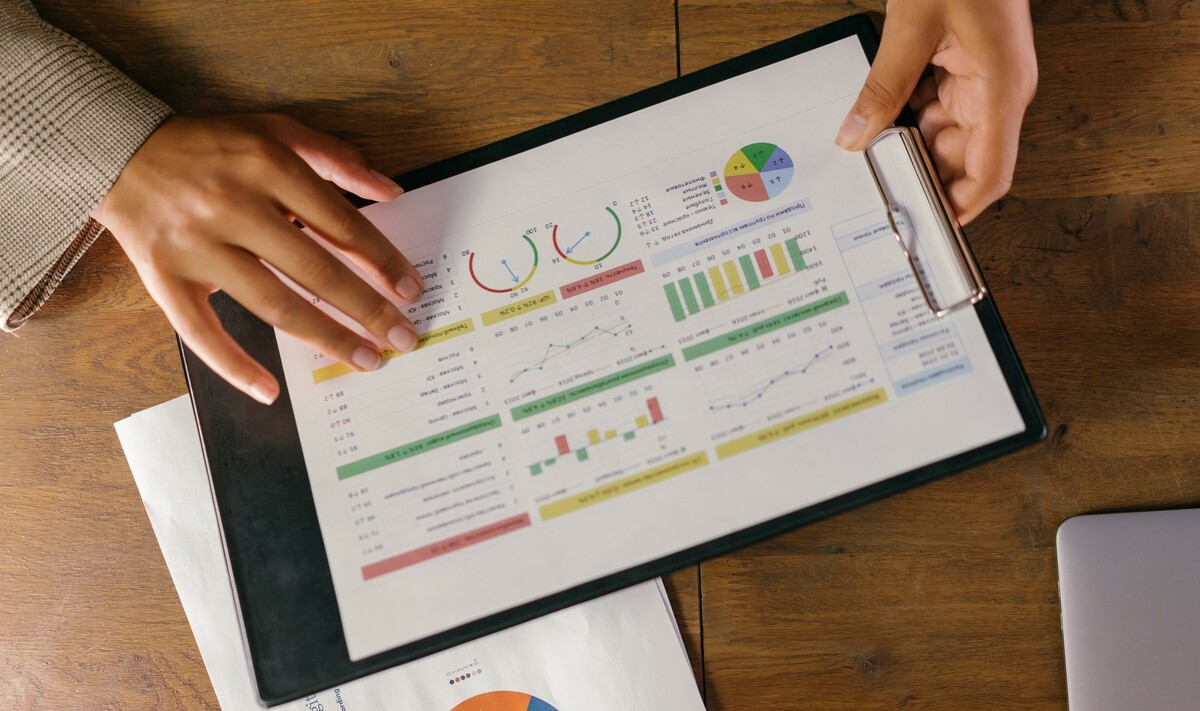The internet is the home to more than 750 billion images as of now. Every major website and platform hosts images as they catch the attention of the users more naturally and make the content more engaging.
As a business in today’s digital age, pictures make up a significant portion of your digital presence. You need to be able to process them and use them wisely to derive optimal usage out of them.
An image classifier helps you sort the images you use in your day-to-day operations as well as share with your target audience. What it really is and how you can build your own from scratch, let’s find out below.
What is and how to build your own Image Classifier

Image classification has emerged as the need of the hour in the heavily digitized world we’re living in today. It’s required in everything from Facebook’s photo tagging feature and Amazon’s product search to Tesla’s self-driving cars.
Over three billion images are shared just on the Internet on a daily basis. Analyzing and labeling images is crucial in putting them to efficient use. This is where an image classifier comes in as computers and software applications don’t process a picture the same as we humans do.
While we see a picture of a dog, all a computer program sees are numeric pixel values. It identifies, labels, and analyzes a picture as pixels instead of what is in them. This is why it may not be able to differentiate between a picture of a cat and a dog without outside help.
Businesses rely on image classifiers to identify images to be able to sort them according to their desired usage. We take a deeper look at how an image classifier helps a business and how you can build one as well.
1. What is an image classifier
We talked about the heavy usage of visual media in the digital landscape and the inability of computer solutions in identifying and labeling images. An image classifier is a tool that helps businesses understand images and make use of them efficiently.
However, to build your own image classifier, you need to understand what it does and how it benefits a process. You need to have a complete understanding to be able to put the knowledge to use and create one that truly caterers to your unique needs.
There are broadly three different ways of processing an image and image classification is one of the most prominent ones out of them. The other two are object detection and image segmentation.
Definition
An image classifier uses machine learning to define an image by breaking it down and analyzing its content in terms of colors and abstract shapes. It then gives it a label based on the historical data in its database.
A simple example of this is an image classifier being fed a bunch of photos of cats and dogs and being asked to classify them. The classifier will break each image down and run the data it has collected about the colors and shapes with the data it has been previously fed.
Application
An image classifier has immense real-world application. Image classification as a whole lays the foundation of many prominent elements of the digital framework. Here are the key applications courtesy of a robust image classifier:
a) Visual search in search engines

Search engines don’t just work around keywords, but also pictures. As you type a keyword, say ‘cute dog’ in the search bar, you will receive results related to it, you can upload pictures or link a picture’s URL to search for similar images.
This is used by big platforms such as Google, Bing, Pinterest, and Yahoo. Amazon introduced picture search as early as 2009. A visual search engine doesn’t just find you relevant pictures, it serves many more purposes.
Firstly, it lets you find images based on the keywords you enter. The prime and most popular example of this is the classic Google image search where you input a keyword and get corresponding images in the output.
Secondly, it lets you find information about a particular image. You input an image and get corresponding text and visual information about the image. Lastly, it helps you find similar images. For example, pictures of Paris, France.
b) Detects logos
Companies track the mention of their brand name on the internet in order to evaluate the growth of their online presence among theta get audience. However, most of the time, people talk about a brand without mentioning its name.
They may post pictures where they’re using the product of a brand without maintaining anything about it in the caption. It escapes social listing but it can be tracked in visual listing via logo detection.
Brands scan through the content posted on social media to detect visual mentions via image classifiers. This helps them get a better, more accurate idea of their social listing than scanning through only text posts would.
c) Facial recognition
Facial recognition technology recognizes a person’s face by matching them with its database to verify their identity. This technology is predominantly used at airports to recognize and identify passengers.
Facial recognition also puts image classifiers at the core of its operations to identify and segregate between human faces. It’s relatively more challenging than classifying arbitrary images of cats and dogs and the colors and shapes are usually very similar.
2. How to build your own image classifier

Now that you understand the working mechanics of an image classifier, you will know how crucial a role it can play in your day-to-day business operations as well as in interacting with your target audience.
It serves a plethora of purposes and you can build your own image classifier that caters to your unique needs as a business. It requires collecting relevant data and training a classifier to act accordingly. Here are the steps to build your own image classifier from scratch:
1. Identify your needs
The first step in building your image classifier is identifying the need you need to fulfill with the tool. This may seem relatively simple but many companies struggle to articulate their exact need for a classifier.
They go for it simply because it’s emerged as a necessary tool in today’s digital landscape. Breaking down the processes you indulge in on a daily basis as well as the problems you may need a solution for can help identify the need for an image classifier.
You can need it to simply sort files, process images to share on social media, identify image mentions of your brand online, and have a robust internal visual search platform of your own. So on and so forth.
2. Collect relevant data

The next step is to collect relevant data and build a sufficient database for your classifier to search through. The data you collect should be organized and have an automated workflow for better usage and searching purposes.
Modern image classifiers usually require around 100 examples per class to have a sufficient database to search through and produce accurate results. So, that should be the magic number you should be aiming for.
In many cases, the data comes already labeled by default. The files would be already sorted in their folders and renamed for the most optimal usage. If it doesn’t, you will have to do it manually or with the help of an organizer tool.
3. Train the classifier
Your technical team or software development company will develop an image classifier model. The process starts with sourcing the information and analyzing and labeling it before it gets to training the classifier in identifying images — starting with simple ones before going to complex.
There are tools available that help automate this process to speed up the training of the classifier to get it up and running relatively quickly. You can now move to scale its performance based on your unique needs as a business.
4. Refine the classifier
The last step is to evaluate the results of your classifier and improve its performance over time. The database of the classifier needs to be updated at regular intervals so it can process new information and avoid producing obsolete results.
You might also input some custom images you need the classifier to know about and label them yourself. This helps create a personalized database that caters to the internal usage of the system and produces desired results.
Build your own image classifier to ease daily operations
An image classifier is a tool that lets computer solutions process images to improve the efficiency of your day-to-day operations. It offers a multitude of applications such as enhancing visual search, detecting visual mentions of your brand, and sorting files.
To build your own classifier, identify the operations you need a classifier’s help with, build a database of relevant information, and train the classifier to identify images. Keep practicing to improve the results of the classifier with time.
Let us know in the comments what you think is the most important use of an image classifier and to get the most out of one.
Author bio
Atreyee Chowdhury is a freelance content writer with more than 10+ years of professional experience. She is passionate about helping SMBs and enterprises achieve their content marketing goals with her carefully crafted and compelling content. She loves to read, travel, and experiment with different cuisines in her free time. You can follow her on LinkedIn.
